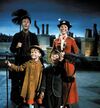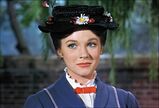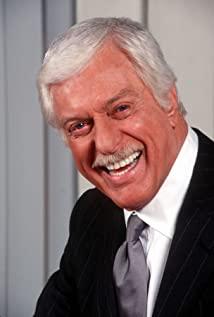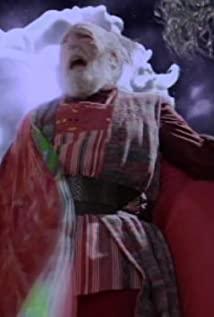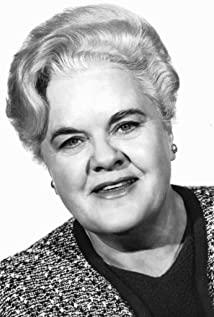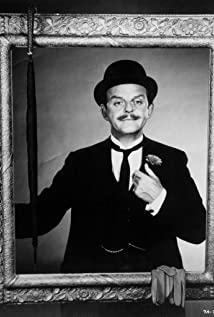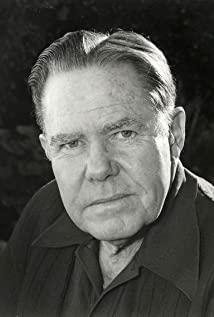In fact, the best performance of the year should be Anne Bancroft in "Lady's Depression", and Kim Stanley's "A Meeting in the Rain" is also very good. Andrews won the Oscar that year and the high box office of "Happy Man World" that year was not unrelated. In fact, it is not easy for this movie to be put on the big screen. It all started in 1948. Walt Disney’s daughter who loved the five books of the "Mary Poppins" series introduced the novel to her father. It took him 16 years to turn this idea of making a movie into reality. At the time Traverse was living in New York, she stubbornly refused to grant the Disney Brothers the film rights. It wasn't until Walt Disney personally visited the author and agreed to be her film consultant, Traverse agreed. Despite this, during the preparation and production of the film, Traverse often expressed dissatisfaction with certain elements of the film, such as the song and dance segment of the film combining real people and animation and Dick Van Dijk’s quirky East London accent. They are all called "too Americanized" by her. But Disney refused to delete these elements-so they became the classic moments we see today. The film is directed by Robert Stevenson. The film tells a story that reflects human nature. Father George works in a bank. He often thinks that his children are not doing business, so he takes them to the bank to learn to do things. But son Mike and daughter Zhen were naughty, and the nanny also resigned. Mike and Jane prayed for the ideal nanny, so the fairy Mary came in. She loved children and taught them how to find happiness after frustration. At this moment, George was dismissed by the president due to a misunderstanding, and the fairy also left. George realized how to express love to his children and began to understand that besides money, there are many things that are worth cherishing.
"Happy in the World" is one of the great films most popular with audiences in American film history, and has played a huge role in promoting the innovation and development of film shooting technology. This film has made two major changes on the basis of the original work. First, the number of children in the Banks family has been reduced from four to two (Jane and Mike). Second, the chronological background of the story has changed from the original 1930s to the 10s. According to Disney, there are two reasons for this change: First, the British society in the 10s advocated a rich and comfortable life, while the 1930s easily evoked people’s sad memories of war and poverty; With a strong imperialist atmosphere, the similarities of London in the 10s are more likely to resonate with the audience. The film is not only excellent in songs, no less than "The Sound of Music", but also the special effects are top-notch, especially the passage of real people dancing with animation reached a new level at that time. The film also created the longest word in English: supercalifragilisticexpialidocious.
The original work "Aunt Mary Poppins with the Wind" is the first of six fairy tales written by British female writer Traverse with Mary Poppins as the protagonist. It was published in 1934. The protagonist is Mary Poppins, a nanny fairy. When Mary Poppins was in urgent need of a nanny and tutor in Banks, she came with the wind from the sky to take care of his four children. Mary is a nanny with magic. As soon as she entered the door, she created a miracle that children can only see in their dreams.
Her way of going upstairs was different. She was sitting on the handrails of the stairs, holding a handbag in both hands, and "slipping--" from bottom to top, and then she slid upstairs. Her handbag is also very special. The younger son Michael clearly saw that there was only a blanket inside, but she took out an apron, pajamas, soap, toothbrush, hairpin, and took out the duvet, pillow, folding bed...at night, She asked the children to drink a kind of "potion", Jane tasted it, but it was a very delicious orange juice; Michael took a sip, only to find that it was frozen strawberry juice; and the two twins drank milk instead. One day, Mary took Jane and Michael to Uncle Jaffa's house. I saw this Uncle Jaffa standing above the ceiling, with his legs cocked, reading a newspaper in mid-air. Because his stomach is full of laughing gas. The children thought it was funny, they laughed too, and they all floated to the ceiling. They sat in the air and had tea. Mary also led the children to ride on her magic carpet and turn the compass to travel around the world. It was really fun. The most fascinating thing about Mary is her mystery. The people and things she comes into contact with all have a mysterious aura, she seems to know everything about children, and she can even talk to babies and animals! Everything in daily life becomes magical. When I was with Mary, everything was in line with the child's imagination, and everything was beyond the child's imagination. Where did Mary come from? What is her identity in the other world? Why does she follow the wind and go with the wind? What is her mission in coming to the Banks family? Why can babies talk to birds but not when they grow up? When the Banks twins can no longer talk to the bird, it is when Mary is leaving. Is there any relationship between the two? ...The book is full of mysteries and fascinating.
In this fairy tale, Traverse used her rich imagination to create a superhuman image: Mary Poppins. This can be said to be the most successful aspect of this work. The author intertwined the two clues of reality and fantasy to unfold a real and fancy storyline. The two clues are naturally and ingeniously combined. As an ordinary person in reality, Mary Poppins and ordinary people have their own unique personality. She is educated, noble, stern, unsmiling, and even a little arrogant. She also has some quirks, such as sniffing loudly, snorting contemptuously when talking, always taking a picture of herself in front of the window when going out shopping, and not showing a smile even if she inhales laughing gas, etc. She loves fashion and likes to show her the most beautiful look. She is extremely strict with her children. When the work expresses Mary's magic power, exaggerated and broad styles are used to make the image appear magical and mysterious. The two are harmoniously united, and the image of Mary Poppins has acquired a wonderful charm and lively vitality, becoming a unique superman image. She is a fairy tale image that combines fantasy and reality, and is also an adult fairy tale image full of childlike vigor. The children like her because she changes in various ways; but more importantly, she understands the children, has a childlike innocence, can play with them, loves to play, and let the spirit of free and unrestrained play enrich the children. Our childhood life. This is also the most prominent spiritual realm and image significance of this work.
This fairy tale is extremely rich in imagination and has a humorous and humorous plot. While bringing happiness to children, it can greatly stimulate children's imagination and yearning for purity, kindness and beauty. The language of this work is very dynamic and extremely concise, most of which use wonderful and concise dialogues to unfold the story. Moreover, the dialogue language of the characters also pays great attention to the expression of the characters' individuality. Although this fairy tale has just started, the vivid and interesting and a bit quirky image of Aunt Mary has left a deep impression in our hearts. Because Traverse's fairy tales are both full of children's interest and profound meaning, some critics believe that "Mary Poppins" is a work that anyone from seven to seventies loves to read.
View more about Mary Poppins reviews




